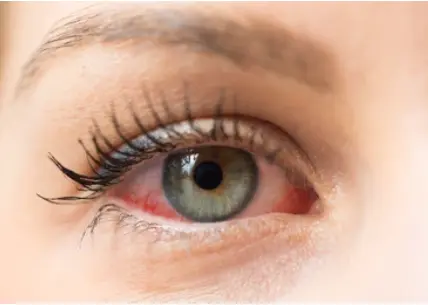 Welcome
Welcome
“May all be happy, may all be healed, may all be at peace and may no one ever suffer."
- A
- B
- C
- D
- E
- F
- G
- H
- I
- J
- K
- L
- M
- N
- O
- P
- Q
- R
- S
- T
- U
- V
- W
- X
- Y
- Z
Hives - Generics
Hives, also known as urticaria, are a type of skin rash that is characterized by red, itchy welts or bumps that can appear anywhere on the body. Hives can be acute, meaning they appear suddenly and resolve within a few days, or chronic, meaning they persist for more than six weeks.
The most common cause of hives is an allergic reaction, which can be triggered by a variety of factors, including certain foods, medications, insect bites, and environmental allergens such as pollen or pet dander. Other common triggers of hives include stress, heat, and exercise.
Hives can also be caused by non-allergic factors, such as infections, autoimmune disorders, and certain cancers. In some cases, the exact cause of hives may be unknown.
Treatment for hives typically involves identifying and avoiding the trigger if possible. Antihistamines may be prescribed to help relieve itching and reduce the severity of the rash. In more severe cases, corticosteroids or other immunosuppressive medications may be prescribed.
For acute hives, self-care measures such as cool compresses and avoiding scratching the affected area may be helpful. For chronic hives, lifestyle modifications such as stress reduction, dietary changes, and avoiding certain triggers may be recommended.
It is important to seek medical attention if hives are severe, persistent, or accompanied by other symptoms such as difficulty breathing, swelling of the face or throat, or dizziness. In rare cases, hives can indicate a life-threatening allergic reaction known as anaphylaxis.

Enteritis

Recurrent miscarriage

Aluminum overload

Acute gout

Blepharospasm

Chickenpox

Irritation and discomfort...

Athletes foot
Hives, আমবাত
To be happy, beautiful, healthy, wealthy, hale and long-lived stay with DM3S.